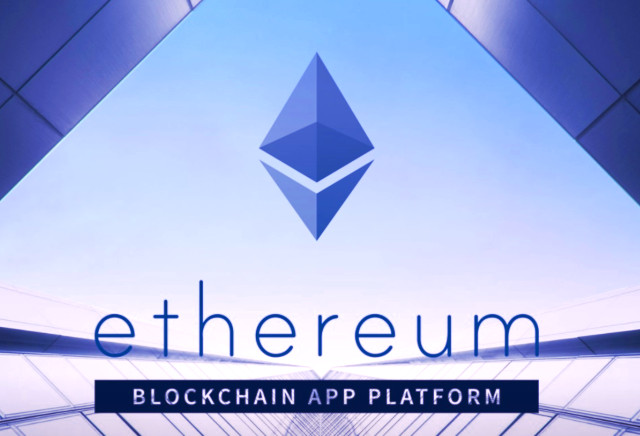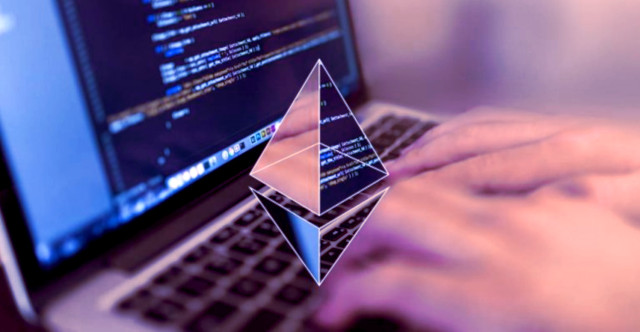The best indicator of product success in any technological field is a number and quality of technologists supporting it. For software, this may mean that the projects that engage the most experienced developers to win. Working with blockchain as a skill of the software and app developers is rapidly gaining popularity. During the last year, the number of people working in this field increased by 6,000%. Now, blockchain is one of the fastest-growing technologies in its demand for freelance exchanges, such as Upwork and Guru.
Table of Contents
Development on the Ethereum blockchain

At the moment, the total number of Ethereum developers is estimated at 250,000 persons. This disproportionately large number is reinforced by 14,000 repositories and 220,000 commits in the projects, using Ethereum on GitHub, and 1 million downloads of Metamask (extension for DApps).
These data show how much the Ethereum community has grown, and how natural it is that 94 out of top-100 blockchain projects use Ethereum. The exact number of developers using Ethereum is not as important as the amount of work done by these developers, creating smart contracts and DApps. At the end of 2017, there were 900 decentralized apps, and today their number has reached 1,500 and can reach 2,000 by the end of 2018.
Prospects for decentralized apps
A few successful decentralized apps have already been launched: CryptoKitties, Ethermon, Gods Unchained TCG, HyperDragons and DCup. Most of these apps will disappear over time. It won’t matter if there are at least one or two apps that can come to success and change the entire industry, as Uber once did for the taxi industry, and Ways — for navigation systems.
Some interesting ideas come from other platforms. The fact that decentralized apps are open-source means that any brilliant idea that doesn’t emerge in Ethereum, will be finally recreated on Ethereum by another talented developer. For that to occur, a simple analysis of the app market is enough — an essential advantage of any platform is human capital.
Comparison with mobile apps
The number of developers also doesn’t solve all the issues. Financial incentives are important. Android has many free apps, but on this platform, things are worse with the paid apps, such as games. Historically, the development of iOS apps brought the creators more money than the production for Android. In 2016, app developers were paid $50 billion. The tendency to release apps primarily for iOS has always been there, but now the share of developers aimed at Android is increasing.
It can be seen that the apps, more dependent on the computing power of the device, prevail on iOS. In fact, the most popular category on iOS is games; its share is 25%. This contrasts with the most popular category on Android, tools, which accounts for 99.8%. Through financial incentives, Apple achieved the predominance of the premium apps on the platform.
This trend may also be relevant to the world of decentralized apps. Incentives for the Ethereum blockchain developers already exist. Money is a good motivation. Besides, if the development of the product implies its long-term support, it is necessary to think in advance about finding qualified developers. Ethereum is an open-source project, and numerous developers, currently engaged in the creation of Ethereum-based software, is another advantage for the creators of new DApps.

